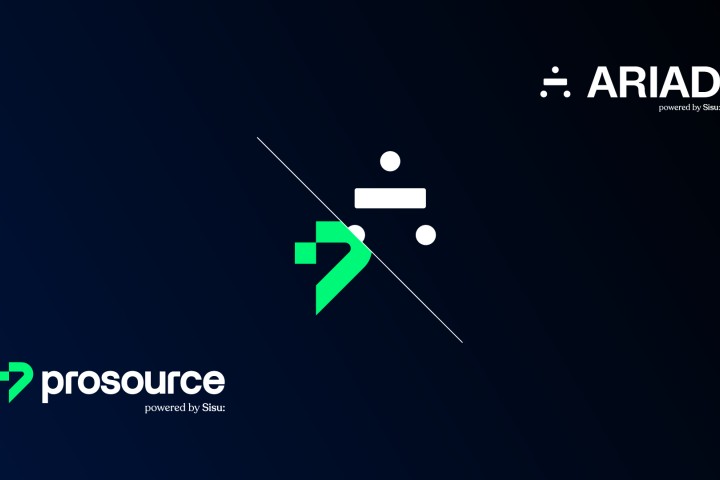5 Tips To Manage Scope In Your Next Project
-
Insight
-
Project Management
Scope management ensures that the project requirements fit within budgets and schedules. It also brings consistency across teams – no matter which team member reviews your work, they use a methodology to ensure consistent results.
What is scope management? In a nutshell, it’s the management of all project requirements, both those specified by clients and those that are intrinsic to a project. How does scope management help projects? For starters, it ensures that the project requirements fit within budgets and schedules. It also brings consistency across teams – no matter which team member reviews your work, they use a methodology to ensure consistent results.
TIP #1: Collect the project requirements
A requirement is a measurable statement of a condition or capability. It informs you how a product, service, or result satisfies a need.
Requirements are:
- measurable
- testable
- trackable
- complete
- acceptable to stakeholders
Need help identifying a requirement?
A Scrum technique that is often used to get requirements are short simple descriptions of a feature told from the perspective of the person who desires the new capability, known as a story.
A story is formulated as follows:
As a <type of user>, I want <some goal/requirement> so that <some reason why>.
TIP #2: Prioritize the requirements
Make sure your Project Management Team prioritizes the captured requirements in complete transparency with the key stakeholders.
Some interesting techniques for prioritization are:
- MoSCoW
- Kano Model
- 100 points method
- Paired comparison analysis
TIP #3: Make a Scope Statement
Writing down the scope is crucial to get everyone on the same page. A scope statement typically includes:
- An elaborate scope description, mentioning the characteristics of the product, service, or result
- Acceptance criteria of the deliverables
- Deliverables: any unique and verifiable product, result, or capability to perform a service
- Project exclusions/Out of scope: helps to manage the stakeholder expectations
It’s important to manage expectations throughout the process to ensure alignment between all involved parties. This will prevent issues along the way.
TIP #4: Make a Product Backlog/Work Breakdown Structure
Product backlog
In Scrum, the requirements (= user stories) are translated into a product backlog.
The planning of the scope is tuned based on what brings the most value to the customer at that time.
The Work Breakdown Structure
A WBS is a hierarchical decomposition of the total scope of work to be carried out by the project team to accomplish the project objectives and create the required deliverables.
Characteristics of the WBS:
- Developed by the project team
- Hierarchical structure
- 100% rule: the WBS contains all the work defined in the project scope, including project management work
- There should be no overlaps in scope between different WBS elements
Learn more about the Work Breakdown Structure here.
TIP #5: BASELINE YOUR SCOPE
In traditional project management, it is key to baseline your scope.
What is it exactly?
The scope baseline is an approved version of your scope statement and WBS elements, that can only be changed by using change control procedures.
Baselining gives clear expectations to your stakeholders on what your project team will deliver. It is used as a basis to keep track by comparing the actual deliverables and work packages and ensures variance analysis.
Scope Management: the foundation of a successful project.
Scope management, once completed, is the foundation for all the other project management processes that follow. It’s necessary to identify what work needs to be done, what resources are required, whether you have the right resources, and how these will be used in the project.
In short, scope management allows you to plan your project with a clearer understanding of what your deliverables will actually look like.
This makes it easier to anticipate potential problems and fix them before they become serious issues.






























